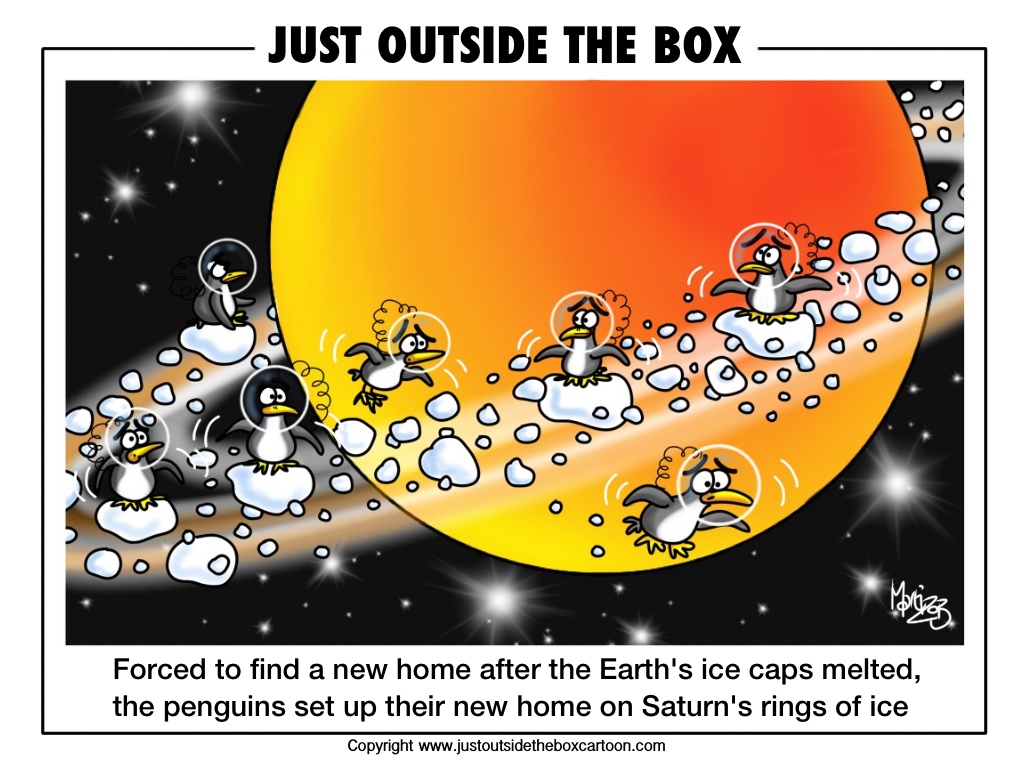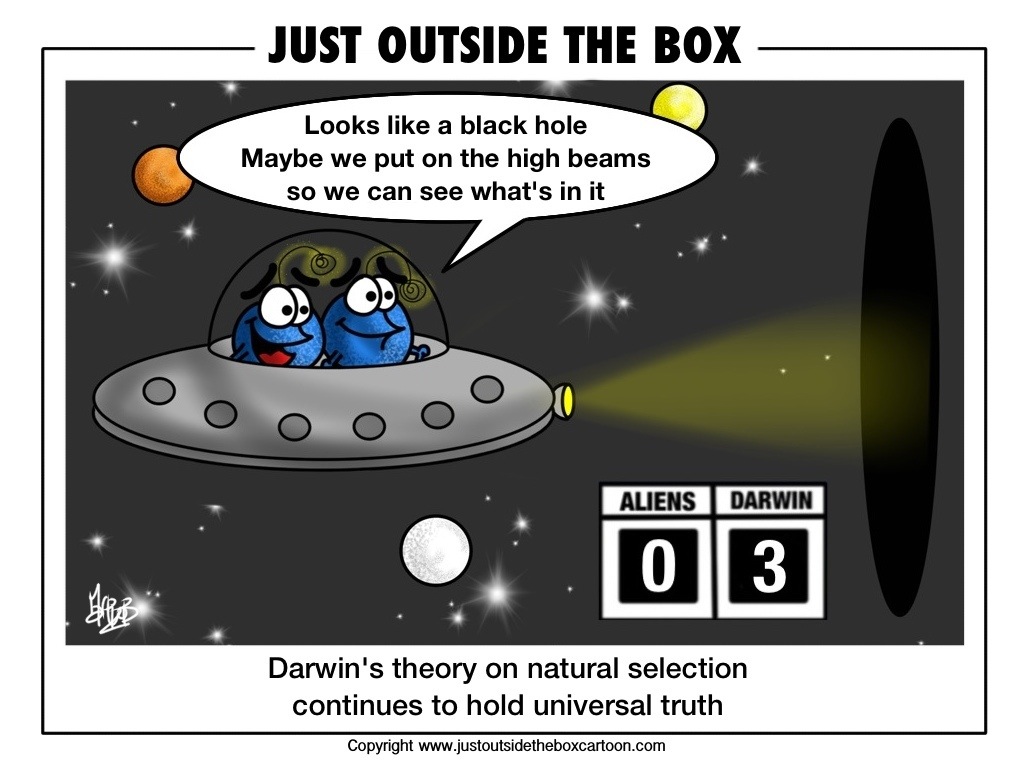…I collapsed and ended up in hospital for 3 days. I was eventually diagnosed with labyrinthitus, but not before undertaking a CAT scan, MRI and other various diagnostic tests.
This is what I learnt about the CAT scan.

NASA’s Curiosity Rover has discovered the building blocks of life from a recently taken rock sample from an ancient lake bed in Mars. The basic elements of oxygen, hydrogen, nitrogen and sulphur were discovered, which would allow for simple life forms to have possibly existed once upon a time in Mars’ unfolding history.
Check out this ABC report. It comes with inbuilt 2 minute audio and photos.
 This month’s freebie is a 2013 wall calendar….Yes I know, it’s March, but looking on the bright side, that means you still have 10 months to go!
This month’s freebie is a 2013 wall calendar….Yes I know, it’s March, but looking on the bright side, that means you still have 10 months to go!
Visit the freebie page to grab your free 2013 calendar.
 What I love about this beautiful planet is the tricks the eye plays with your mind, giving you a false sense of reality. The second largest planet in our solar system, it is made up of gas (not solid at all). In fact, it’s lighter than water and given a big enough bath tub, Saturn would float (now there’s an idea for the secret lives of giants – maybe a new series – the secret lives of intergalactic giants).
What I love about this beautiful planet is the tricks the eye plays with your mind, giving you a false sense of reality. The second largest planet in our solar system, it is made up of gas (not solid at all). In fact, it’s lighter than water and given a big enough bath tub, Saturn would float (now there’s an idea for the secret lives of giants – maybe a new series – the secret lives of intergalactic giants).
In contrast, the rings are made of solid ice (and some rock debris). The reason we can see it from earth, is because it is ice, catching the glow of the sun as the ice spins around its home planet. And because of the constant motion, the ice never gets dirty and collides into itself, chipping off bits and pieces to reveal a fresh, sparkling clean piece of ice.
When I made the entropy cartoon, I referred to one of my favourite documentaries – Wonders of the Solar System. It was when I watched this series did I realise the rings were ice. Here is a 5 minute exert from the show.
 Gosh, you gotta love those scientists. They probably had a quiet chuckle amongst themselves when they decided to create the acronym of WIMP when they came up with a possible explanation to support the theory of dark matter. These theoretical particles are huge and can’t be seen by the naked eye (or telescope for that matter).
Gosh, you gotta love those scientists. They probably had a quiet chuckle amongst themselves when they decided to create the acronym of WIMP when they came up with a possible explanation to support the theory of dark matter. These theoretical particles are huge and can’t be seen by the naked eye (or telescope for that matter).
The only way they can be ‘seen’ (they don’t absorb or emit light) is by viewing their gravitational impact on other visible objects.





